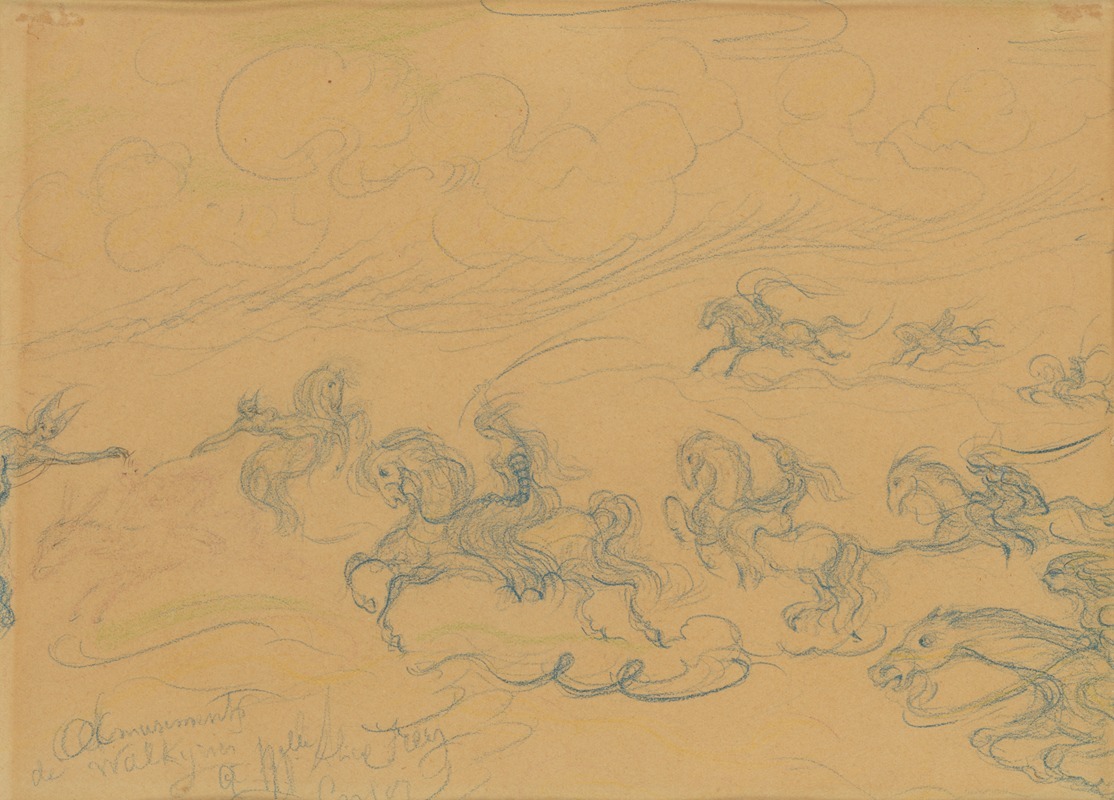
Walkurengenoegens
A hand-painted replica of James Ensor’s masterpiece Walkurengenoegens, meticulously crafted by professional artists to capture the true essence of the original. Each piece is created with museum-quality canvas and rare mineral pigments, carefully painted by experienced artists with delicate brushstrokes and rich, layered colors to perfectly recreate the texture of the original artwork. Unlike machine-printed reproductions, this hand-painted version brings the painting to life, infused with the artist’s emotions and skill in every stroke. Whether for personal collection or home decoration, it instantly elevates the artistic atmosphere of any space.
James Ensor, a prominent Belgian painter and printmaker, is known for his unique and often surreal style that combines elements of symbolism and expressionism. One of his works, "Walkurengenoegens," reflects his distinctive approach to art, though specific details about this particular piece are scarce.
Ensor was born in 1860 in Ostend, Belgium, and spent most of his life there. He was a key figure in the Belgian avant-garde movement and was associated with the group Les XX, which included other notable artists who sought to challenge the traditional art norms of the time. Ensor's work often features fantastical imagery, grotesque figures, and a vivid use of color, which can be seen in many of his paintings and etchings.
"Walkurengenoegens," like many of Ensor's works, likely embodies his fascination with themes of death, masks, and the absurdity of human existence. Ensor was deeply influenced by his surroundings in Ostend, where he was exposed to the carnival culture and the sea, both of which frequently appear in his art. His works often depict chaotic scenes filled with masked figures, skeletons, and otherworldly creatures, reflecting his interest in the macabre and the theatrical.
Ensor's style is characterized by his bold use of color and his ability to convey emotion and narrative through complex compositions. He often employed a technique that involved layering paint to create texture and depth, which added to the dramatic effect of his scenes. His work was initially met with resistance and criticism due to its unconventional nature, but he eventually gained recognition and acclaim, influencing future generations of artists.
While specific information about "Walkurengenoegens" is limited, it can be contextualized within Ensor's broader body of work. His paintings often serve as a commentary on society, exploring themes of hypocrisy, mortality, and the human condition. Ensor's unique vision and innovative techniques have secured his place as a significant figure in the history of modern art.
In 1929, Ensor was knighted by King Albert I of Belgium, and in 1933, he was made a baron, further cementing his status as an important cultural figure. His legacy continues to be celebrated, with his works housed in major museums and collections around the world, including the Royal Museum of Fine Arts in Antwerp and the J. Paul Getty Museum in Los Angeles.
Ensor passed away in 1949, but his influence endures, as his art continues to captivate audiences with its imaginative and often unsettling imagery. His ability to blend humor with horror and to challenge conventional artistic norms has made him a pivotal figure in the transition from 19th-century realism to 20th-century modernism.





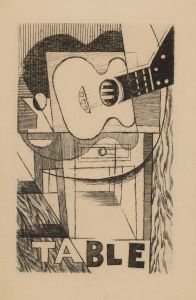
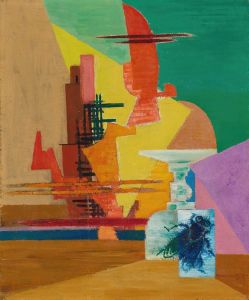
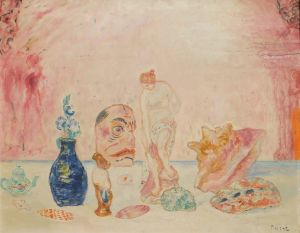
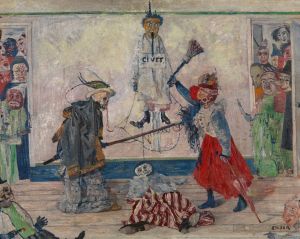
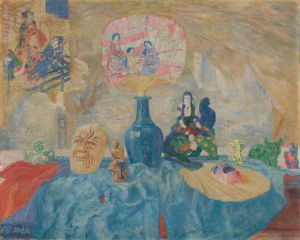
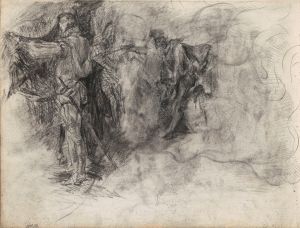
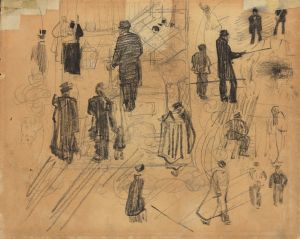
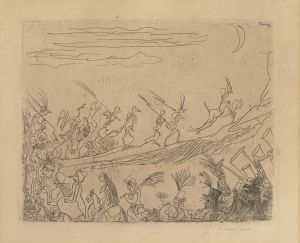
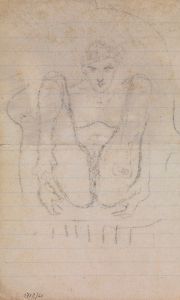
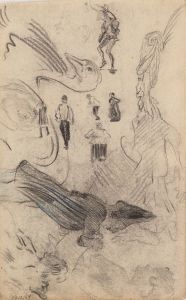
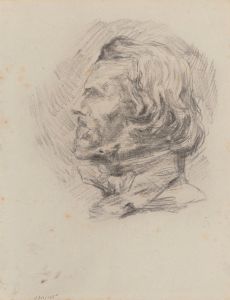
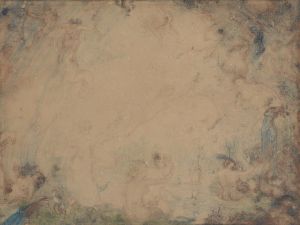
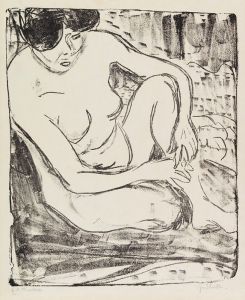
![Two Heads Are Better Than One [Poor Folly]](/imgs/264668/s/francisco-de-goya-two-heads-are-better-than-one-poor-folly-401b05c1.jpg)